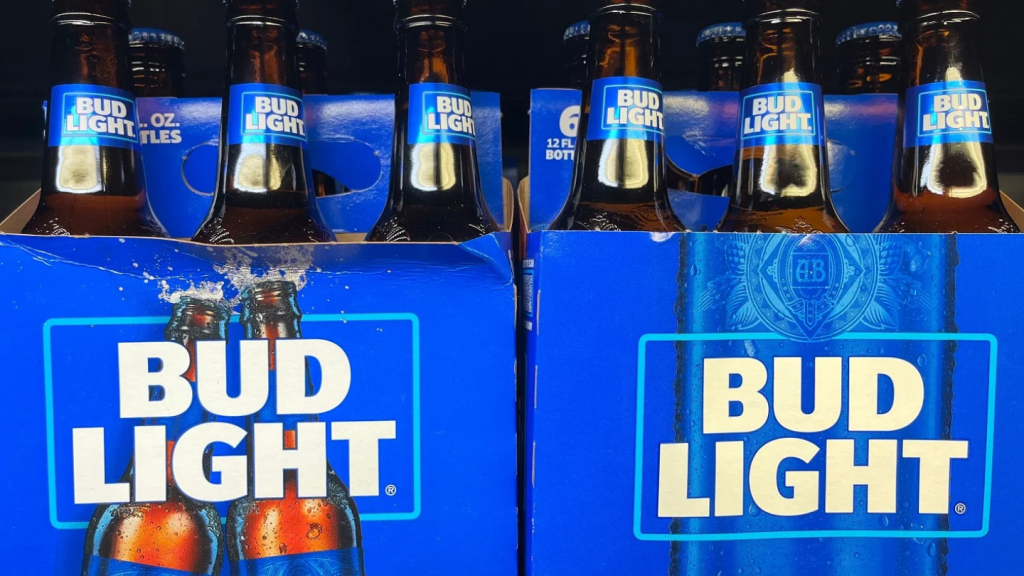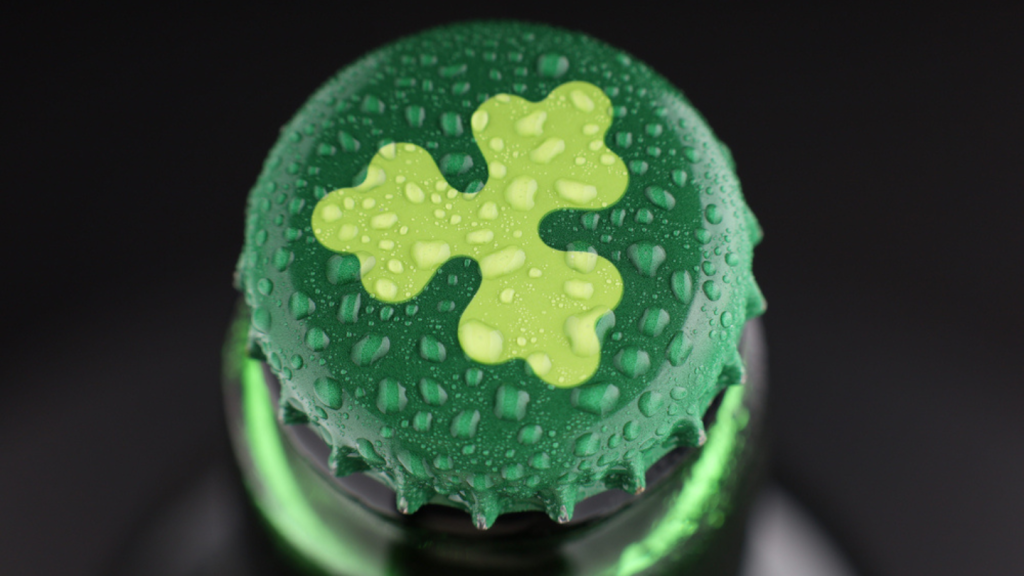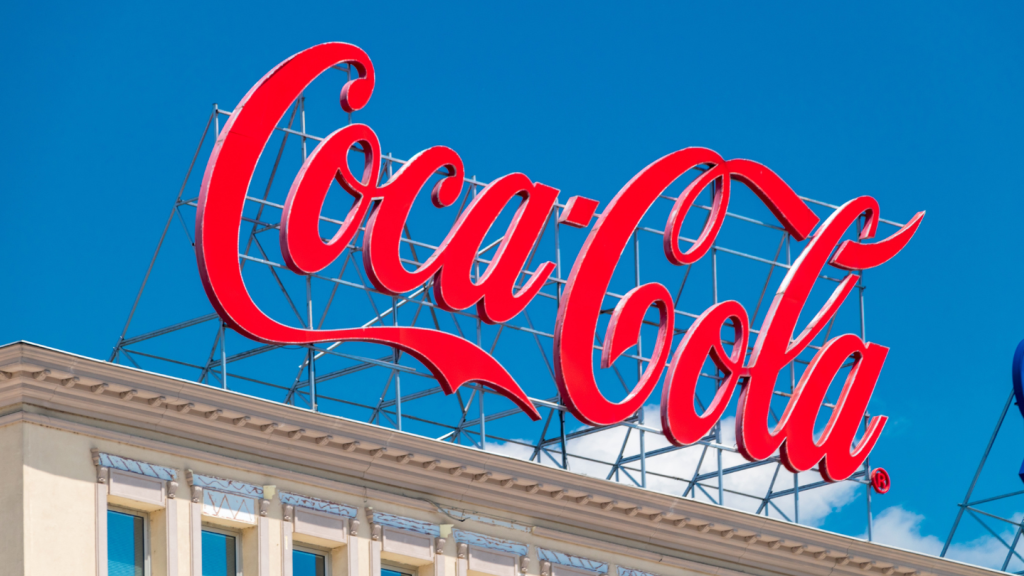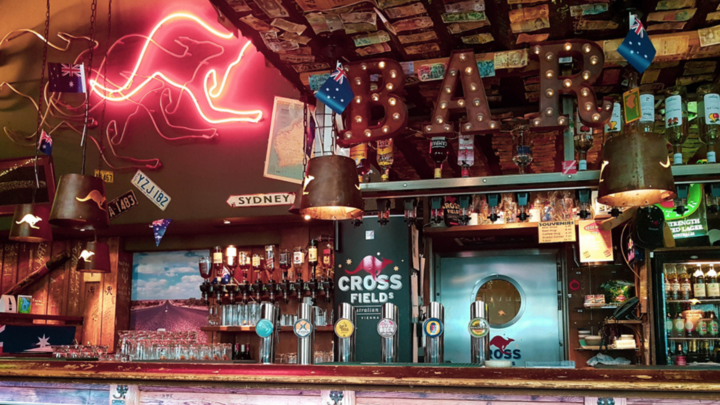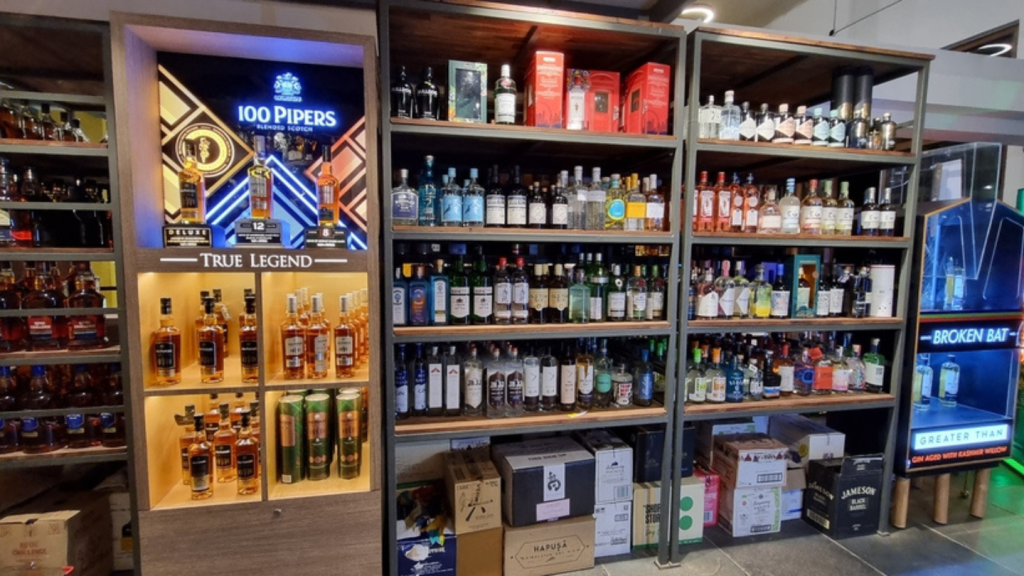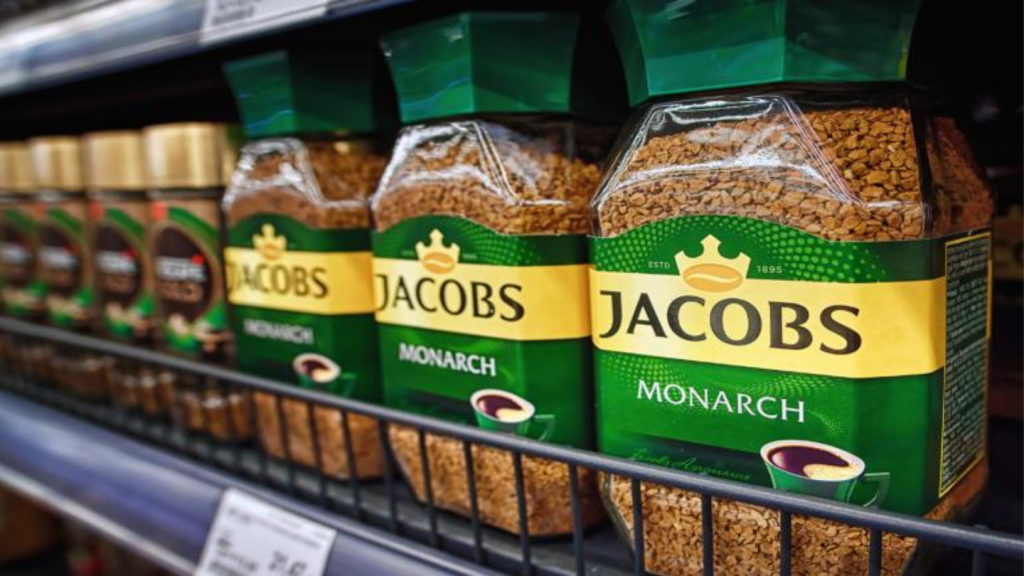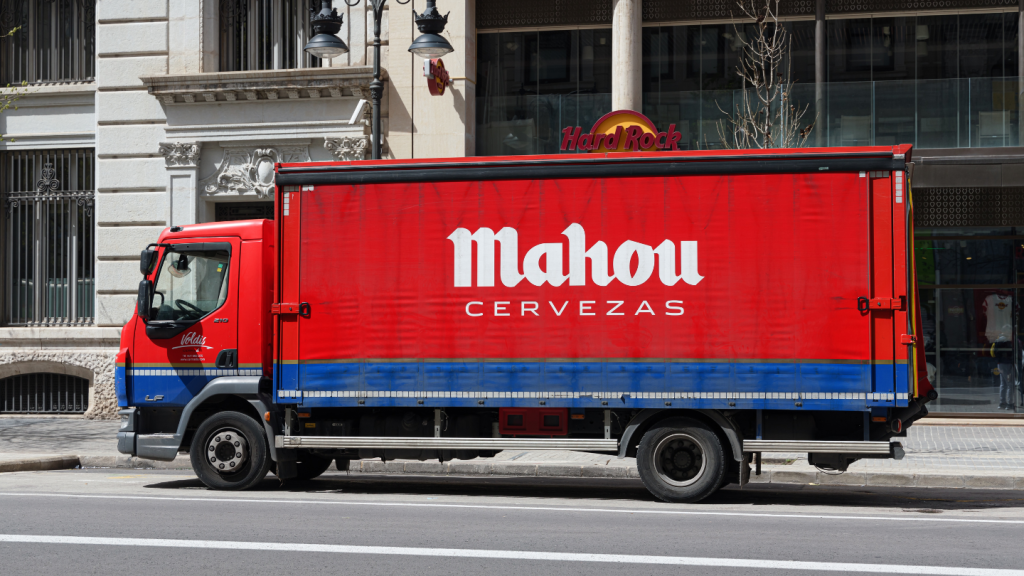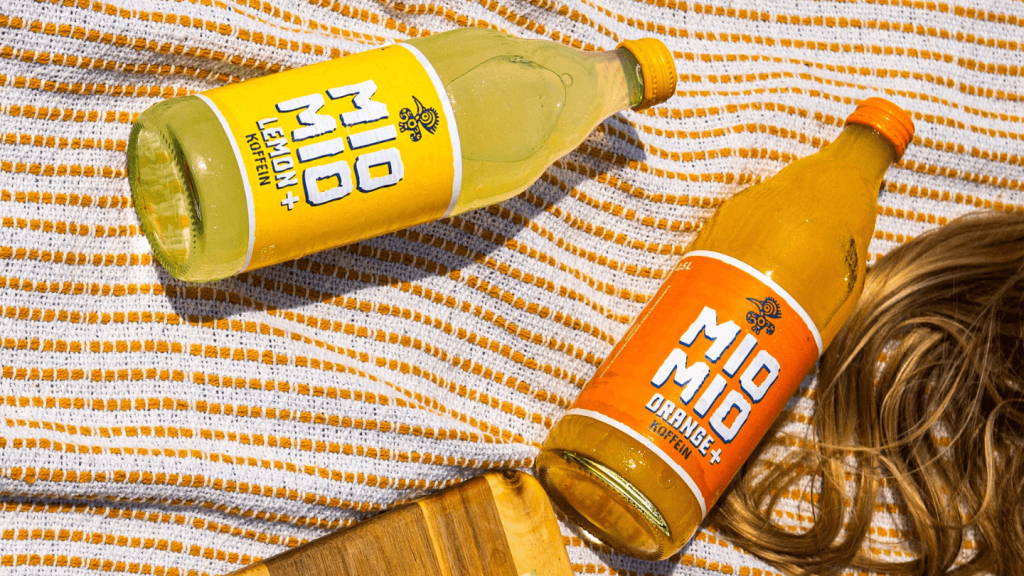Anheuser-Busch InBev chief executive Michel Doukeris said he is “encouraged” by the brewer’s first-half results during a call with analysts last week.
In the six months to 30 June 2024, the Bud Light brewer’s revenues fell slightly short of analysts’ estimates but grew 2.7% to $29.88bn.
Meanwhile, normalised EBITDA beat Wall Street expectations and rose 7.8% to $10.29bn.
Considering the controversy and backlash around the group’s megabrand Bud Light over a tie-up with transgender influencer Dylan Mulvaney in April last year, the US beer giant has since been recovering steadily.
Nevertheless, volumes continue to be a sticking point for AB InBev.
In its first-half, they fell by 0.7% to 285.8m hectolitres, with own beer volumes down 1.3% to 246.3m hectrolitres and non-beer volumes up 3.5%, at 37.5m hectolitres.
Trevor Stirling, an analyst covering AB InBev at Bernstein, said: “This was a solid set of numbers,” as the brewer made no change to its guidance for full-year 2024.
AB InBev reiterated its full-year earnings growth outlook of between 4% and 8%, which Stirling labelled as “increasingly beatable as comps ease in 2H”.
Profit margins looking forward
The Corona brand owner very nearly delivered the top end of its outlook for profit growth in the opening half of its fiscal 2024.
This begs the question of why the company decided to reaffirm its guidance and what the main areas of uncertainty are for the remainder of the year.
The group's CFO Fernando Tennebaum told analysts: “I think this is more of a low medium-term outlook. Every quarter is going to be different. Some quarters are going to be easy; some quarters are going to be more challenging.
“We can say that we are confident in the ability of the business to deliver this 4% to 8% long-term, but don’t expect us to be kind of adjusting the outlook every quarter or to be commenting on any earnings stake on the top of the quarter on the bottom of the quarter. I don’t think this is productive.”
AB InBev’s margins expanded in all five regions, especially in North America as the groups restored profitability in the US.
However, Stirling at Bernstein said: “We believe caution is the right strategy. Arguably, Heineken delivered a higher-quality set of results, with similar EBIT growth but stronger volumes (on easier comps). Yet ABI’s publication was much better received, because management had kept expectations low.”
Doukeris said last week that trends in the US look promising and the beer industry is “growing value over the years”.
He added: “If you go much longer in terms of the analysis than just like one year or two years, you see that there [are] different developments over time. There was a time in which beer was growing more, then growing less, then coming back to growth, then growing a little bit less, then accelerating again...
“So, I think that the industry is moving in a good direction.”
Struggles in China
The brewer’s China business saw revenue decline by 9.4% in the opening half of the year.
Revenue per hectolitre dropped 1% and volumes sank by 8.5%. EBITDA also declined by 8.5% with margin expansion of 40bps.
Asia-Pacific volumes fell in the first half year-on-year 6.3% to 46.4m hectolitres. Regional revenues and profits were not disclosed.
AB InBev described the Chinese “soft industry” as a primary reason for its tough period there, but that it was worth looking at its 2023 performance to understand how performance may unfold in the next six months.
Doukeris said: “If you look at last year, [it] was really like a tale of two stories in China. The first half of the year, a lot of excitement about the reopening. One would say almost like the euphoria that we saw in many countries after COVID, and the first half of the year was strong.
“And the second half of the year was less exciting, let’s say, in a word, more concerning in terms of the overall economy and consumer sentiment.”
He said that the second half looks more hopeful for China.
“I think that we will need to have more data and see more on the second half of the year to know when volumes in the industry will start to turn in China and then have a more normal comp, let's say, for next year. While on our side, focusing on what we control, we continue to invest in the long term.
“Our brands are very healthy. Consumer demand for premium, super premium brands remain a strong driver for the long term, and we are committed to continue to operate and invest with the eyes on the long term in China.”
Stirling at Bernstein added that in the beer giant’s Asia-Pacific business, following the disposal of Australia to Asahi, AB InBev’s operations are predominately exposed to China rather than South Korea.
Michelob Ultra taking reins from Bud Light?
AB InBev’s Michelob Ultra saw revamped marketing help improve its numbers in the opening half of the year, especially off the back of a struggling Bud Light.
The US company said that Michelob Ultra and Busch Light were two of the top three volume share gainers in the industry.
Doukeris however indicated that Bud Light might have seen the worst of its backlash after last year’s controversy.
“In terms of Bud Light, what we see is stabilisation, all brand indicators getting better. The brand is regaining consideration. Brand continues to have very high penetration.
“Brand has the largest distribution, and we continue to invest in the properties and the activations that all consumers love. So, we’re going to see that most of the investments and the activities around Bud Light will be concentrated in the back end of the year with NFL. And when you think about the overall portfolio, we are gaining share in the month of May and June, which is good signal of stabilisation.”
After the group’s opening quarter, the chief executive said the “entire strategy in the US is about portfolio rebalance.”
Marketing spend and premium push
AB InBev invested circa $3.5bn in sales and marketing in H1 and noted that it had spent more than $7bn per year over the last five years.
When asked about pushing premiumisation forward in its markets and how marketing spend will to grow as a percentage of net sales, Doukeris said they are “good metrics” to check the business.
“They cannot dictate what we do and how we allocate resources. So, we are happy: one, with the amount of resources we have; two, we don’t lack resources; three, we've been using this in a very effective way.”
He added that premiumisation will be a continued priority “given the consumer demand for our premium and super premium brands and our unwavering commitment to invest for the long term”.
For example, the group’s Colombia segment saw revenues up in the mid-teens and bottom-line by low-twenties, driven by premium and super premium, according to Stirling.
Meanwhile, in EMEA, premium and super premium portfolio accounted for around 57% of revenue for the region in the second quarter.


